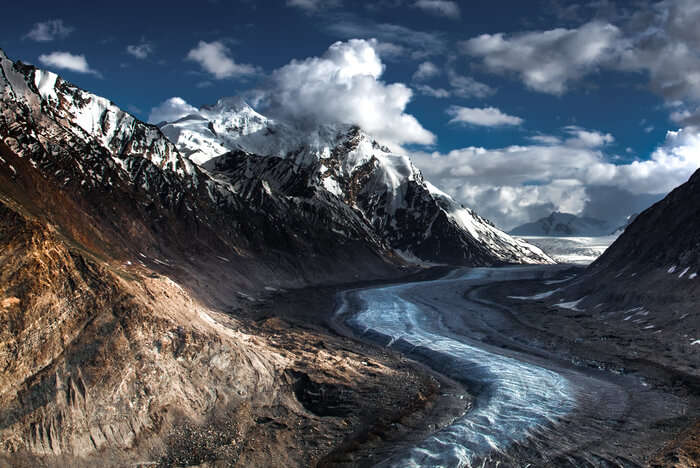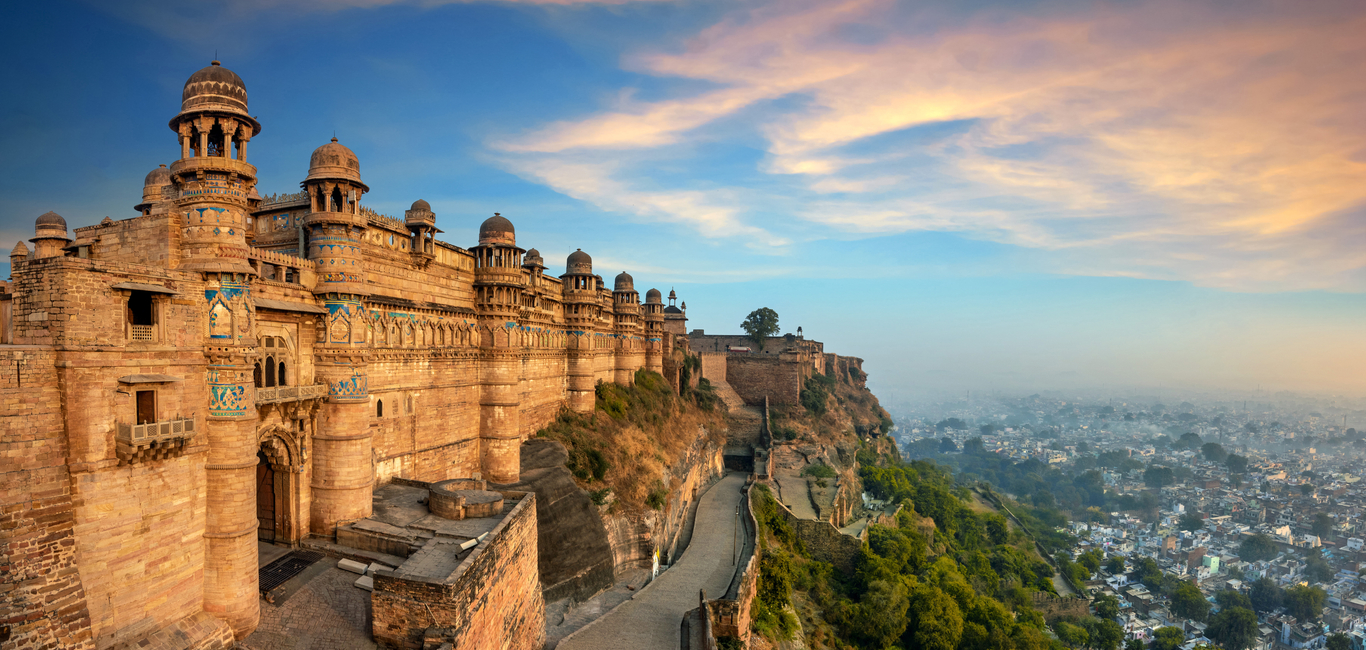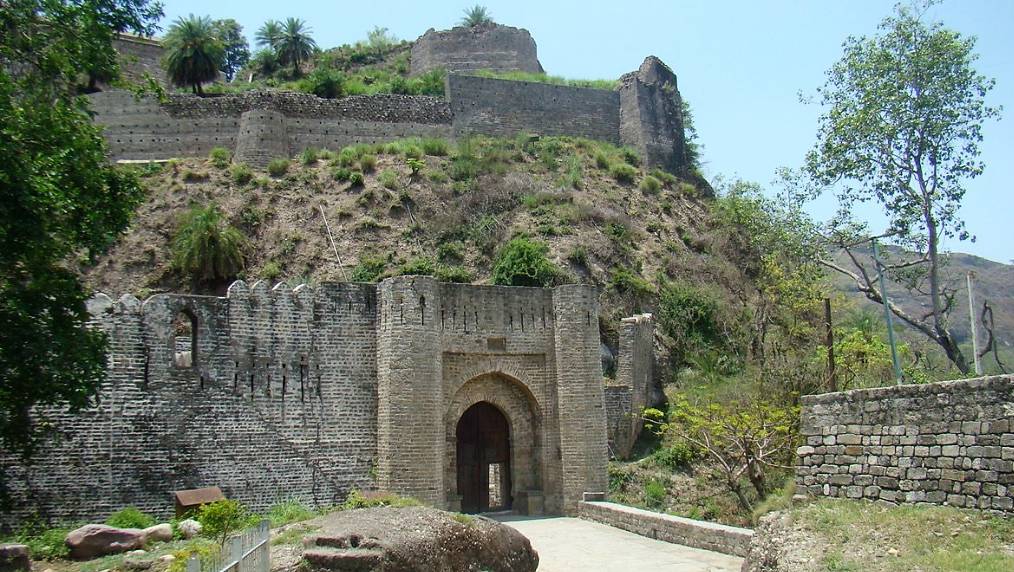
Located in the Kargil district to the east of Ladakh (around 105 km) lies the bewitching Zanskar Valley. Pronounced as Zahar or Zangskar locally, it is separated from Ladakh by the Zanskar mountain range, part of The Tethys Himalayas. Zanskar is known for raw landscape and is mostly traveled for trekking and river rafting.
The easiest way of reaching Zanskar is from Kargil through Suru Valley. The semi-desert region is flanked by snow-capped mountains and sparkling clean rivers along with distinct flora and fauna. It is cut off from the rest of the world for over nine months because of heavy snowfall in the region. The only way to reach Zanskar from December to February is to undertake the challenging Chadar Trek.
Best Time To Visit Zanskar Valley
Summer days from June to September is the ideal time to visit the Zanskar Valley. The region is accessible by road only up to October.
Chadar Trek
The Chadar Trek or The Frozen River Expedition is one of India’s most unique and challenging treks. The 6-day chadar trek across the frozen Zanskar River in Ladakh occurs during the latter part of January until the end of February or sometimes even in the first week of March, depending on the weather.
How To Reach Zanskar Valley
Zanskar Valley is reachable via airways, railways, and roadways. Leh Airport, also known as Kushok Bakula Rimpochee Airport, is the nearest to the city of Zanskar. This distance of about 60 km from the airport to Zanskar Vallery can be covered with a 75 to 90-minute drive.
Jammu Tawi is the closest railhead to Zanskar, and one could avail shared buses or taxis to the valley. Private cabs are pretty expensive, thus shared jeeps or buses would be a better option.
Zanskar valley is the most convenient to reach via Kargil. There are plenty of JKSRTC buses and shared taxis plying from Srinagar to Kargil. Taking a shared cab to Zanskar valley from Kargil would be a much reliable option than a bus.
Places To Visit In Zanskar
Although Zanskar is a beautiful small place, it does host some incredible places to visit too. Some of the top mentions include the Zanskar Valley, Zanskar River, Phugtal Monastery, and Padum. Pensi La Pass, Nimu, Zongkhul, Panikar, Baralacha La Pass, and Drang Drung Glacier are other significant attractions here.
Fauna
Zanskar Valley is home to a variety of species. They include domesticated animals like Yak, Dzo, Sheep, and Horse. Wild animals like Wolf, Snow Leopard, Bear, and Marmot are also found in that region.
History
Tibetans from high plateaux of the North-East settled in the Indus Valley around 500-600 BC. At that time, the Bon Tradition was followed. In the 7th Century, Buddhism was introduced in Ladakh by the Great Llama Songtsen Gampo. Its influence soon spread across Zanskar towards the Kashmir Valley.
Due to the isolation of Zanskar, the area has remained devoutly Buddhist, whereas the more accessible part of Kashmir has turned into Islam. After independence, with periodic internal conflicts, Zanskar was finally annexed by Ladakh in the 17th Century. The kings of Ladakh and Zanskar belonged to the same family, which ensured a period of peace. From 1842, Ladakh and Zanskar have become a part of Jammu and Kashmir, the only Indian state to extend to both sides of The Himalaya.
For more information about Leh & Ladakh Tourism, visit https://leh.nic.in/tourism/
Also, have a look at our various monthly issues.



